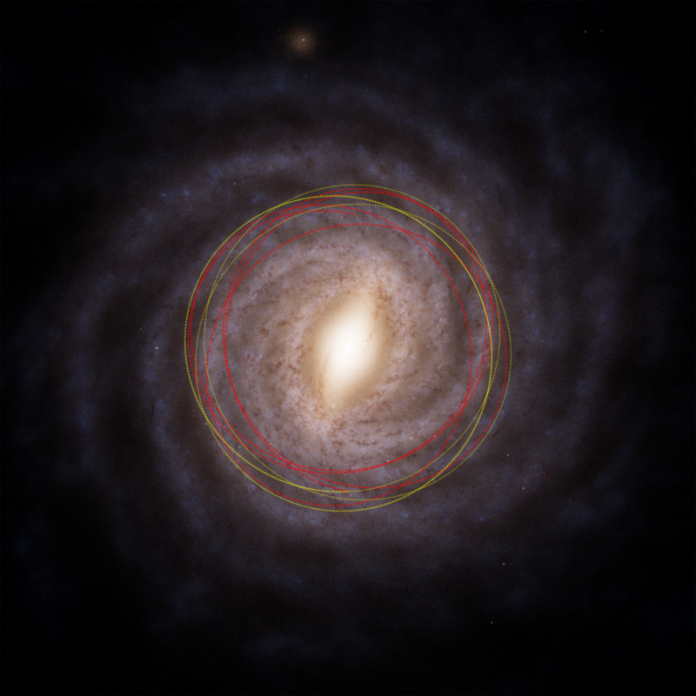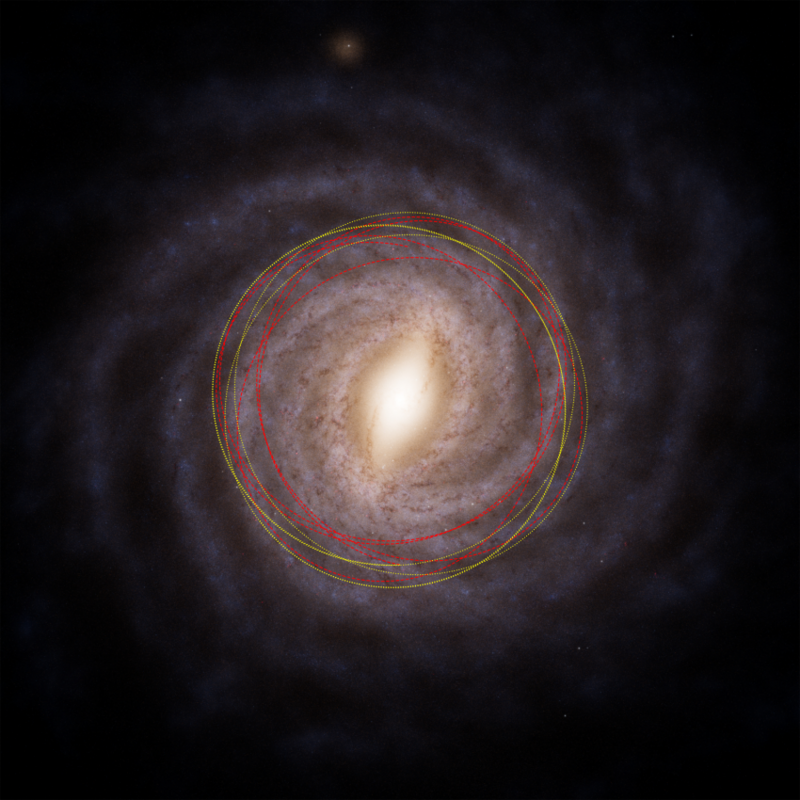
Might a comet from a distant star system be bearing technology not of this world? Once the subject of the margins of speculative science, that is the question now being asked in public by a sitting congressman and one of the world’s best-known astrophysicists. They’re concerned with 3I/ATLAS a recently discovered Manhattan-sized interstellar comet and the far-off chance it might shed “mini-probes” into our solar system.

1. A Rare Interstellar Arrival
Originally detected on July 1, 2025, by the NASA-funded ATLAS survey telescope in Chile, 3I/ATLAS is the third definitively confirmed interstellar object to be seen, following 1I/’Oumuamua in 2017 and 2I/Borisov in 2019. Its hyperbolic path traveling too fast to be gravitationally bound by the Sun leaves no question about its origin outside the solar system. The comet is moving at more than 130,000 miles an hour, speed enhanced by numerous gravitational interactions over what could have been millions of years of wandering through interstellar space.
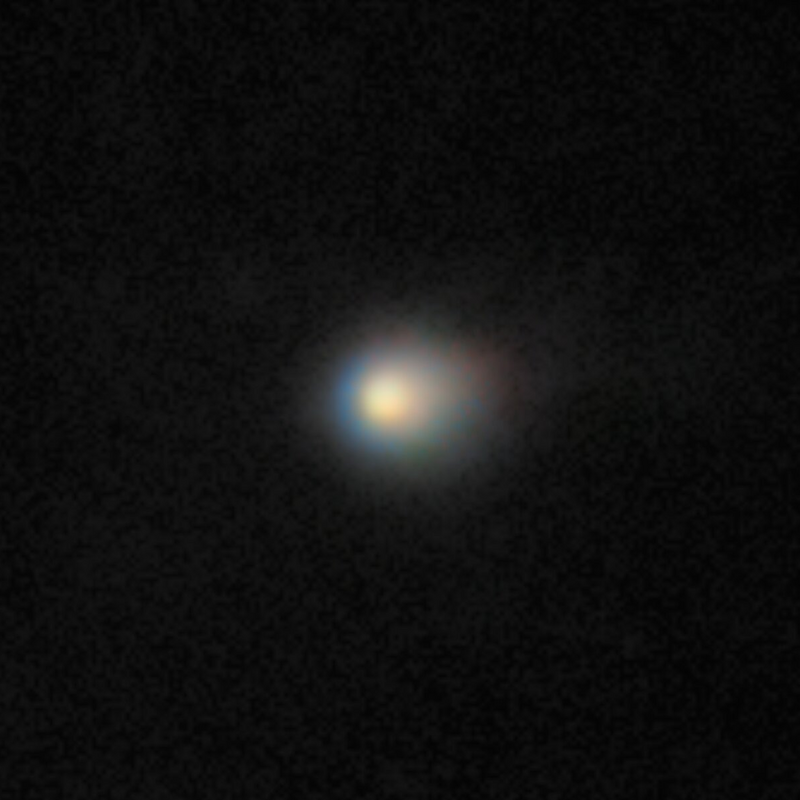
2. The Plea for Spacecraft Interception
House Declassification Task Force Chair Representative Anna Paulina Luna called on NASA to repurpose current spacecraft, such as the Mars Reconnaissance Orbiter and Jupiter’s Juno probe, to monitor 3I/ATLAS as it makes its close solar approach on October 30. “In case there is life, is it not our duty to tell the public on that?”. Harvard astrophysicist Avi Loeb, who appeared with Luna, cautioned that “it could either pay us a visit or send some mini-probes which come to Earth and show up as UAP.”
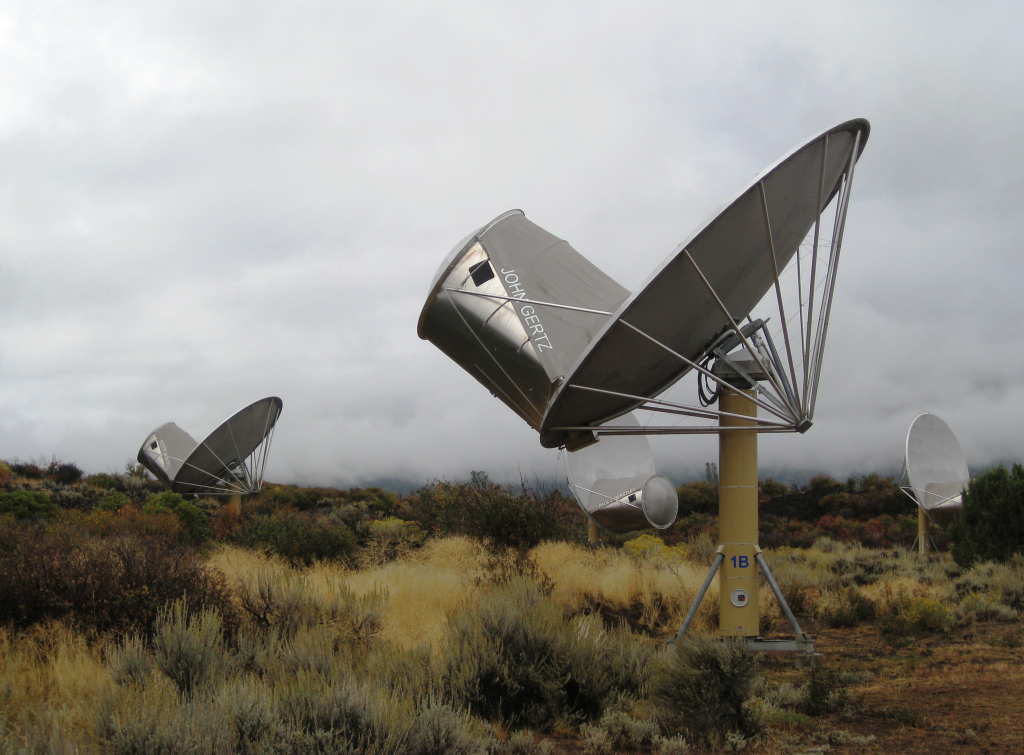
3. Scientific Background to the ‘Mini-Probe’ Hypothesis
While most mainstream planetary scientists highlight that there is no proof of artificial origin, Loeb’s proposal is based on a larger body of research: separating natural from technological interstellar objects. That means looking for anomalous accelerations, non-standard shapes, or narrowband radio signals the latter already being tracked by the SETI Institute’s Allen Telescope Array, which has obtained more than 21 terabytes of radio data on 3I/ATLAS since July.
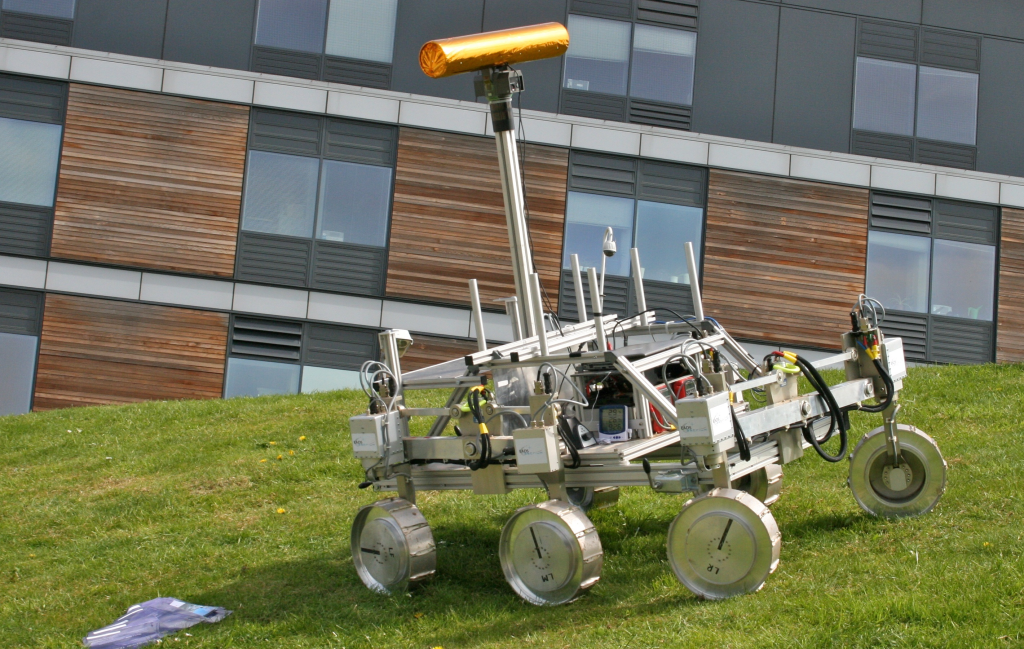
4. Tracking and Observation Campaigns
The European Space Agency intends to image the comet with Mars Express and the ExoMars Trace Gas Orbiter when the comet is just 30 million kilometers from Mars on October 3. High-resolution imagers such as HRSC and CaSSIS could tell us if the nucleus is elongated, spherical, or irregular. Spectrometers on these spacecraft will look for molecular signatures of water vapor or organics in the coma, though signal might be too weak for meaningful spectra.
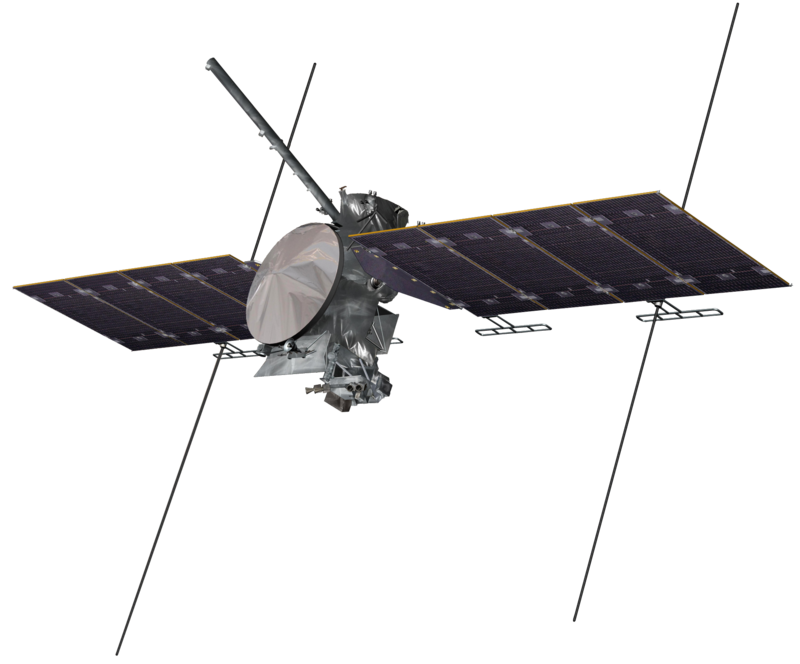
5. NASA’s Multi-Mission Strategy
NASA is sending a wide range of assets to observe the comet, ranging from the Hubble and James Webb space telescopes to Mars rovers and deep-space probes such as Europa Clipper and Lucy. Hubble’s July 21 images produced a teardrop-shaped dust cloak and a weak tail, with the nucleus no more than 3.5 miles wide. Webb’s Near-Infrared Spectrograph is probing its chemical makeup, and SPHEREx has taken a multi-day spectrophotometric survey.
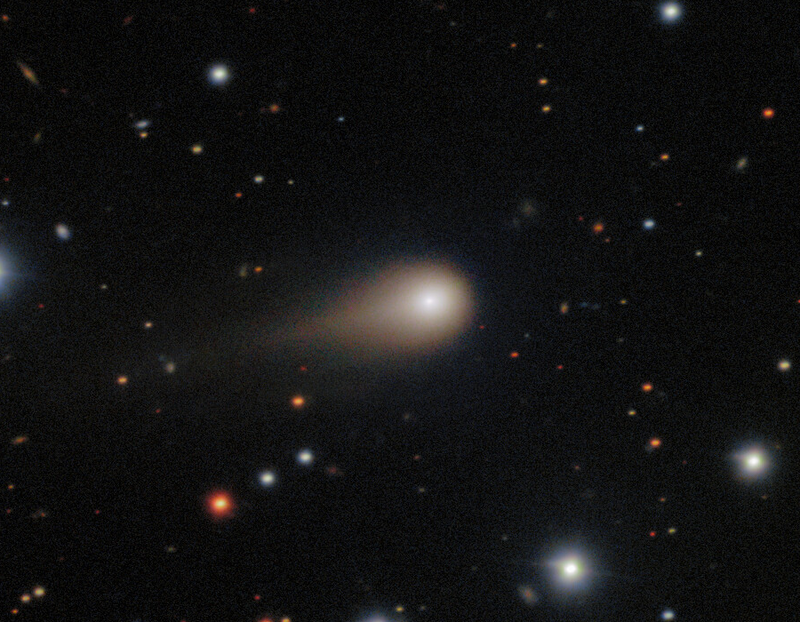
6. Physical and Chemical Clues
3I/ATLAS is already active, showing a coma from the sublimation of volatile ices at distances of 4 AU from the Sun. Such early activity implies the existence of highly volatile compounds perhaps pristine material from its parent system. Such data would shed light on the variety of planetary formation processes in the galaxy.
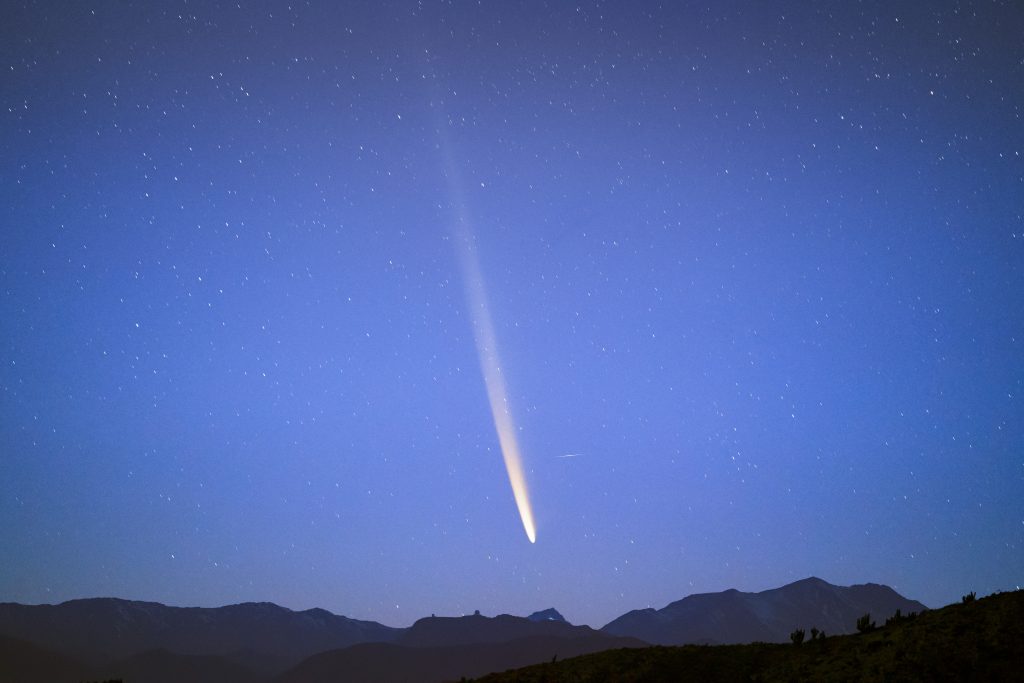
7. The Role of Citizen Science
Amateur astronomers on the UNISTELLAR Network have been making optical measurements, using image stacking to follow the comet’s high speed. These readings have recorded a sharp brightening curve, as expected for an initial stellar passage, and will assist in calibrating models of its activity before and after perihelion.
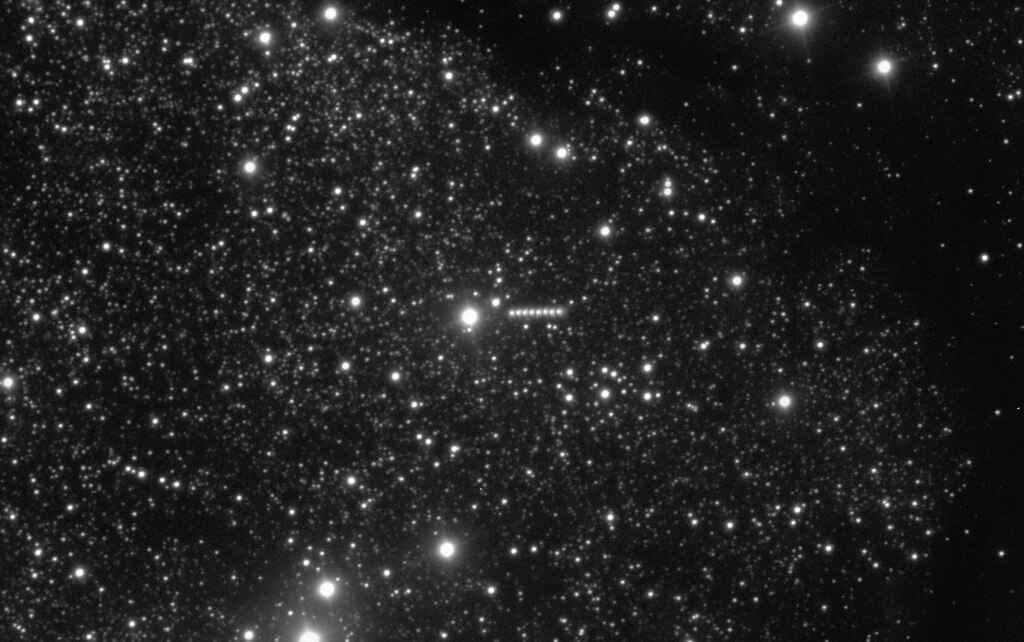
8. Separating Natural from Artificial
Identifying if an interstellar object is artificial requires a suite of methods: high-precision astrometry to find signs of non-gravitational accelerations, spectroscopy to find industrial materials, and radio monitoring for narrowband emissions. Up to now, 3I/ATLAS’s activity dust loss rates, coma shape, and spectral properties is consistent with natural cometary physics. Nevertheless, Loeb’s appeal for caution indicates an eagerness to push the limits of these detection techniques.
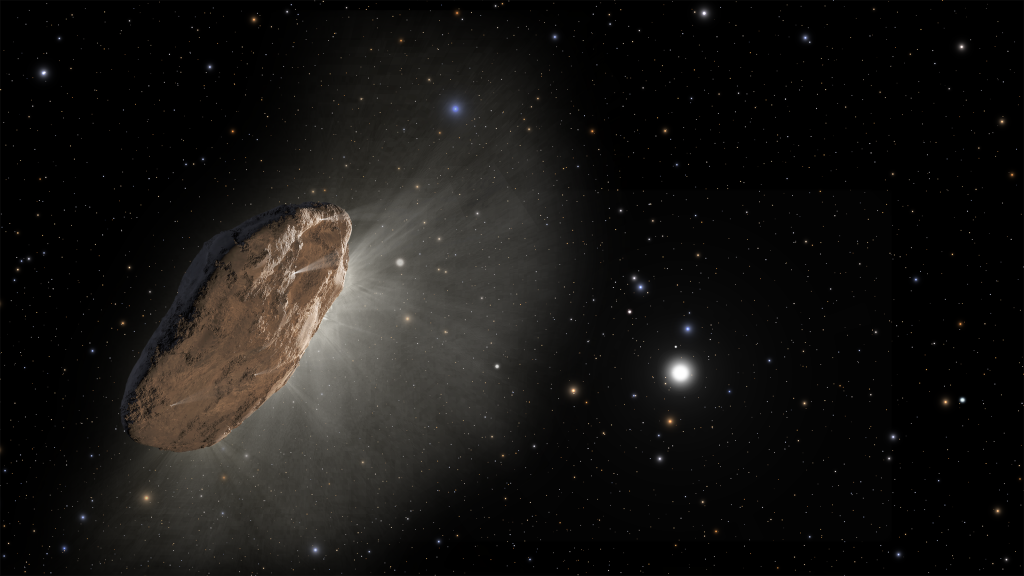
9. The Broader Implications
As UCLA’s Dr. David Jewitt pointed out, “It’s like catching a glimpse of a rifle bullet for a thousandth of a second. You can’t extrapolate that back with any precision to determine where it originated.” Each interstellar visitor is a brief opportunity to taste the physical and chemical richness of alien planetary systems.
With future observatories such as the Vera C. Rubin Observatory set to discover dozens more of these kinds of objects, the controversy between natural and man-made origins will only increase. Whether 3I/ATLAS is merely a flash-frozen remnant of a starlight from a galaxy far, far away or, as some guess, a container ship for extraterrestrial technology, its passage presents a once-in-history chance to probe the entire spectrum of astronomical detection capabilities everything from deep-space imaging to technosignature searching in real time.
